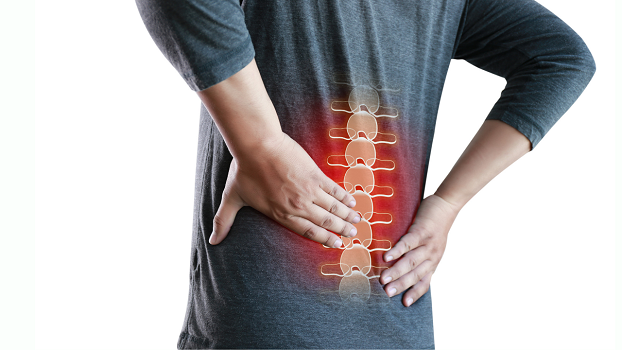Last updated on February 10th, 2025 at 01:23 pm

The Lasegue’s test, also known as the straight leg raise test (SLRT), is a physical examination manoeuvre used to assess nerve root irritation in the lower back, specifically the lumbosacral nerve roots.
It is a common test used in diagnosing lumbar radiculopathy, which causes pain, weakness, numbness, or tingling that radiates down the leg, often due to a herniated disc.
In this article, we will try to learn the correct step-by-step method to perform this manoeuvre and how to interpret the test.
What is lasegue maneuver? How to test for sciatica?
A straight leg raise test is aimed to determine any irritation compression of the sciatic nerve around the lumbar region from where the sciatic nerve originates.
In my clinical practice, I usually go for this test when a patient complains of pain in the lower back with a pulling sensation on the back of the leg. It is also advisable to perform this test when a patient has severe low backache with a history of falls.
Commonly, a straight leg raise test is done when there is a suspect of:
Step-by-step method of Lasegue maneuvre
Generally, the straight leg test is performed on the leg on which the patient complains about the pulling sensation. But if in doubt, we can perform it on both legs.
So, here are the steps one needs to follow:
- Lie down straight, supine (on your back) and keep your hands by your side.
- Keep the legs straight and the hip medially rotated and adducted.
- The lower extremity is slowly raised with the knee wholly extended until the patient complains of pain or a pulling sensation over the back of the thigh and leg.
Interpreting straight leg raise test
- Suppose there is any reproduction of radicular symptoms (pulling sensation/tingling sensation) at 70 degrees or less of an angle. In that case, it is believed that it is due to sciatic nerve irritation.
- If symptoms are primarily back pain, it is most likely the result of a disc herniation applying pressure on the anterior theca of the spinal cord or the pathology causing the pressure to be more central. “Back pain only” patients with disc prolapses have smaller, more central prolapses.
- If pain is primarily in the leg, the pathology causing the pressure on neurological tissue(s) is more likely to be more lateral.
Differentiating neurological involvement with hamstring tightness
Adding dorsiflexion, adduction, internal rotation and/or neck flexion may increase the test’s sensitivity and help differentiate it from a tight hamstring.
Anatomy of straight leg test
The Lasegue test is a provocation test that evidences radicular irritation in the lumbosacral region caused by lower limb flexion. It can have multiple causes. Radicular symptoms are primarily produced by nerve root inflammation by surrounding structures.
The foramina are formed by the pedicle superiorly and inferiorly, ligamentum flavum posteriorly, and disc and vertebral body anteriorly. This small space normally allows a nerve root excursion of 4 mm during the straight leg raise test, but several factors can compromise this root excursion.
Mechanical compression sole does not always generate radicular symptoms as many patients have asymptomatic foraminal stenosis in MRI. Therefore, nerve root irritation secondary to inflammation and mechanical compression may influence a positive leg raise test.
History of straight leg raise test
The lasegue maneuver or straight leg test is attributed to Charles Lasegue, a French clinician who, in 1984, described two cases of sciatica aggravated by weight-bearing and hip and knee flexion in “Thoughts of Sciatica”1.
Nonetheless, Dr Lasegue did not describe the test as a provoked pain; instead, his student JJ Forst described the test in his doctoral thesis in 1881, and it was Forst who considered the pain to be produced by hamstring muscle compression to the sciatic nerve.
Nevertheless, it is believed that a Serbian neurologist, Dr Lazar Lazarevic, was the first to document the straight leg raise test as it is known today in the article “Ischiac postica cotunnii,” initially published in the Serbian Archives of Medicine (1880) and republished in Vienna (1884).
Dr Lazarevic described the straight-leg-raising test by explaining sciatic pain by stretching the sciatic nerve based on his experience with six patients.
Based on this misinterpretation of the original description, describing the manoeuvre as the straight leg raise test is recommended.
The author is a physiotherapist who has been practising for the last 17 years. He holds a Bachelor's in Physiotherapy (BPT) from SVNIRTAR (Swami Vivekananda National Institute of Rehabilitation and Research), one of the prestigious physiotherapy schools in India.
Whatever he learns dealing with his patient, he shares it with the world through blogs and e-books. He also owns a YouTube channel, "Sunit Physiotherapist" with over 8 lakh active subscribers. Here, he shares everything he gets to learn serving the patient.





